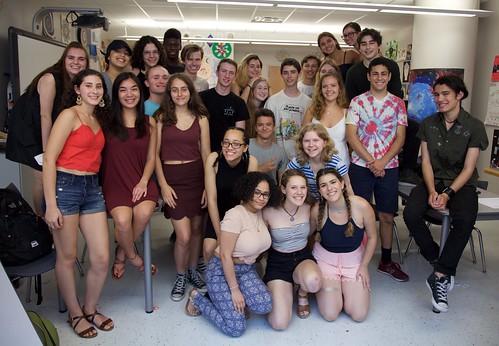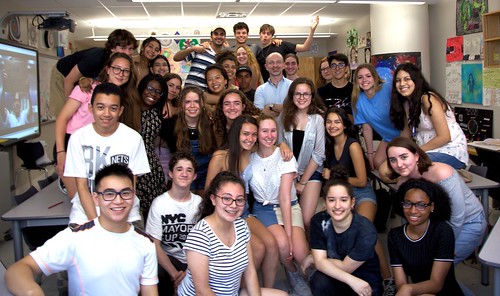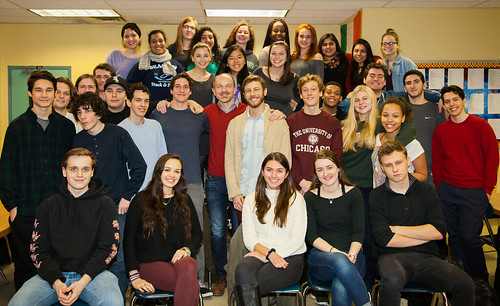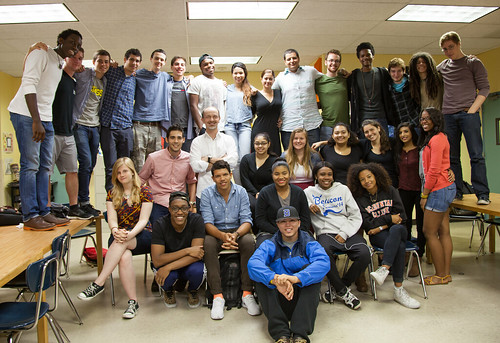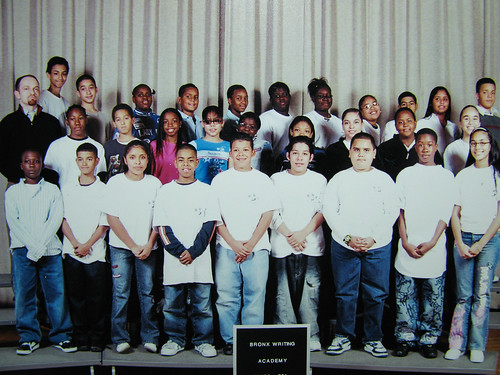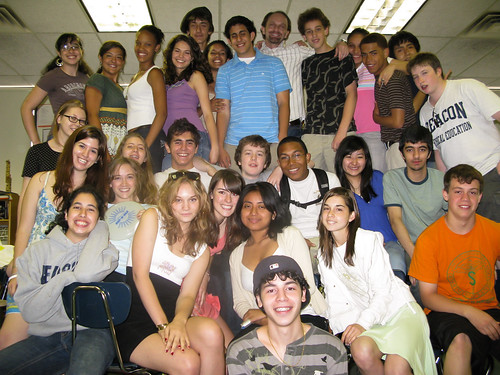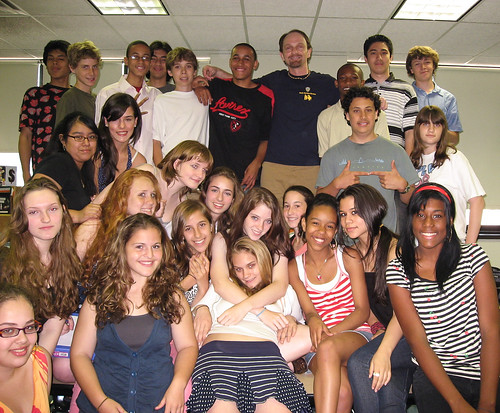Becoming Woman: Consciousness of Condition
From birth, to live as a woman, person of color, or any individual from a marginalized group in society requires a consciousness of possessing a multi-layered identity. To some degree, all people must view themselves in context to their community, their culture, and the greater society in which they exist. However, for some groups, in particular, women, sense of self has historically been embedded in their relationship to figures outside of themselves. So much that, a consciousness of an identity independent from others is a radical act. It may not seem so radical, as contemporary American society has essentially concluded that women are of equal standing to men; however, this folly is rooted in an ignorance of the multi-dimensional character and societal “code-switching” that is required by women on a daily basis. [Read more…]


